A new approach to an old theme
In Peru, we have become accustomed to our reputation as one of the World’s Leading Culinary Destinations. We were crowned the 2021 culinary winners at the World Travel Awards, an award we have won a total of ten times.
But all the praise that Peru’s food culture receives should not only be directed at the attendees of award shows and galas. Rather, in the poorest corners of Peru, we should be celebrating the gastronomy of the local people and the palates visiting them day by day. Here, the ancient traditions of Peruvian cooking are kept alive through the passing on of traditions from one generation to another.
And it is also here, that sustainable gastronomy is needed:
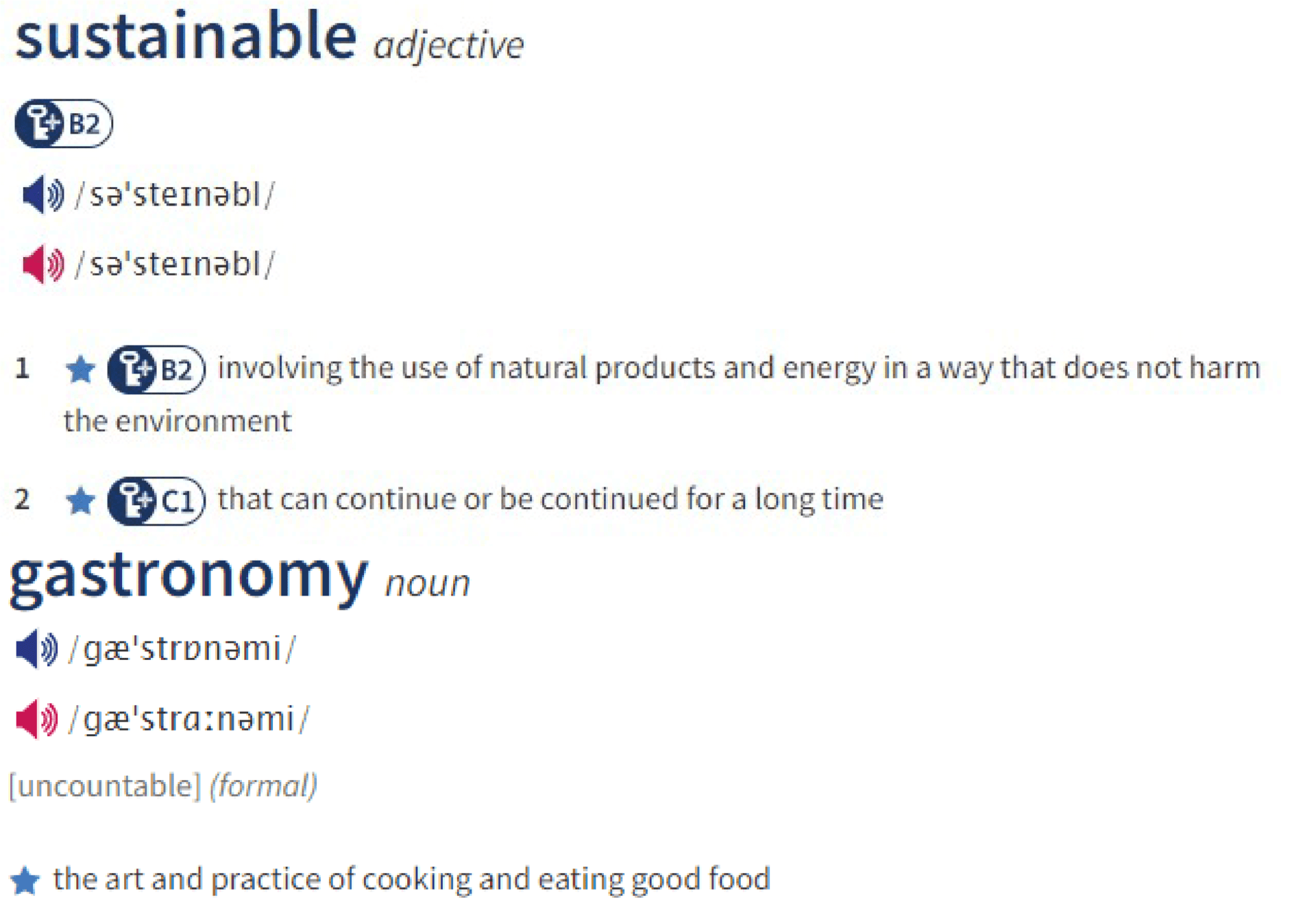
The Food and Agriculture Organization of the United Nations (FAO), defines Sustainable Gastronomy as follows:
“Cuisine that takes into account where the ingredients are from, how the food is grown and how it gets to our markets and eventually to our plates.”
With this definition of Sustainable Gastronomy in mind, please take a look at our short video about the sustainable harvesting of Amazonian fruit.
Sustainable gastronomy concerns us for several reasons: because we work in the tourism industry and gastronomy plays a central role in many of the experiences we offer. But also because, as a team and individually, we care about Peru, our planet, and the lives of all people, especially the vulnerable.
We cooperate directly with farmers and fishermen, market stall vendors and chefs. From local inns to five-star restaurants, our tours span the Peruvian cuisine in all its variety.
Even when we prepare packed lunches (known locally as box-lunches) for our customers setting off on excursions, we think about what kind of ingredients we include, where they were sourced, and how everything is packed.

Our main objective is to consistently take the most sustainable path possible. Concerning food supply, we use the United Nations Sustainable Development Goals as a framework to achieve this goal. At the same time, our suppliers and customers give us the motivation to keep pushing ourselves to do better. And the landscapes of Peru and communities we travel through never fail to inspire us.
To achieve Sustainable Gastronomy, we focus on the following sustainable development goals:
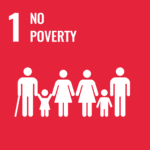
We cannot accept that the farmers and fishermen providing sought-after ingredients for high-end cooking can find themselves malnourished, hungry, underpaid and struggling to make ends meet.
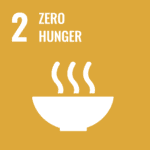
Peru is one of the great breadbaskets of the world, providing nations around the globe with superfoods, nutrient-dense produce that’s been cultivated for centuries. Yet, Peruvians don’t always have access to enough food to feed themselves.
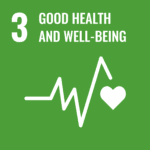
We love the Slow Food movement and dishes prepared with high-quality, fresh ingredients. A toxic mix of poverty and propaganda threaten to convince struggling families that pre-packed, processed food is the most practical choice in terms of cost and convenience.
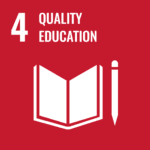
The Ministry of Education of Peru, with the assistance of the World Food Programme, has been promoting the development of integrated educational projects linked to school meals, with the objective of improving the health and nutrition habits of these schools.
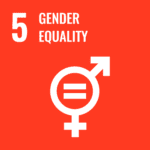
We love the examples of our very empowered women producers that you can meet on many of our community-based tours. Way too often still women are seen as too weak to work in the fields — gender equality must be achieved.
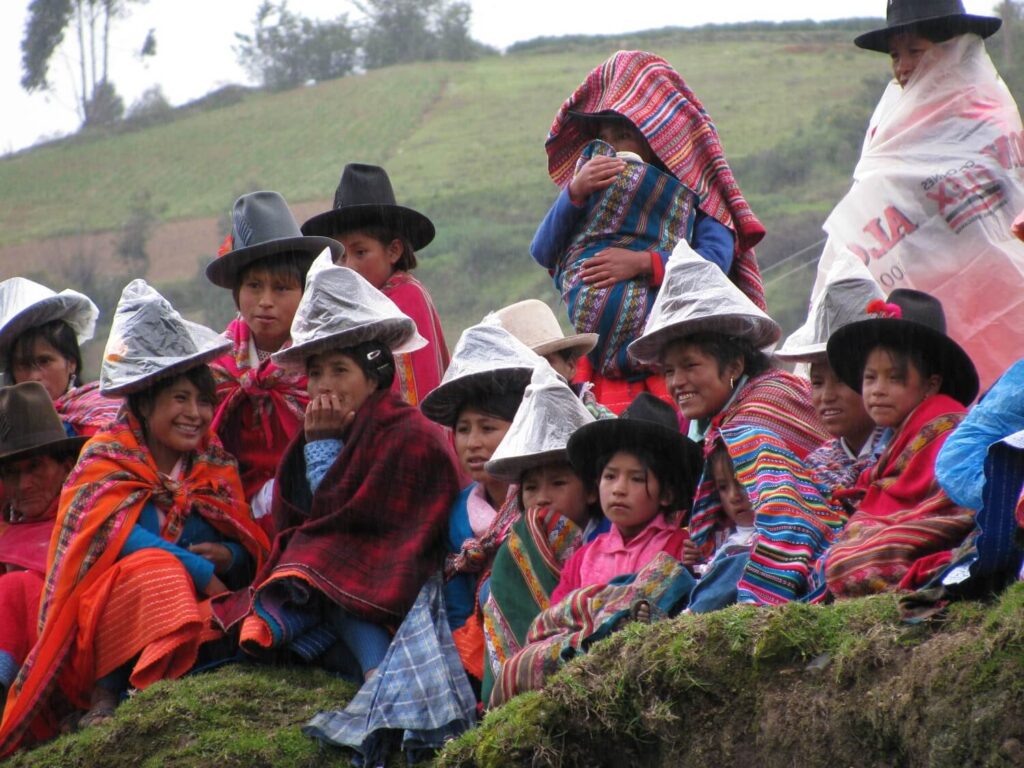
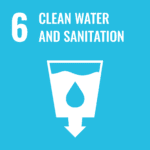
Technology is now providing dynamic solutions to water shortages. Water must be preserved and used sustainably. Communities, especially those in rural environments, must have access to reliable supplies of clean water.
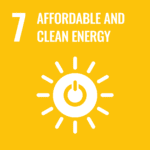
The transportation and refrigeration of foodstuff are very energy-intensive. This is why we always favour seasonal crops, freshly caught fish, and local products.
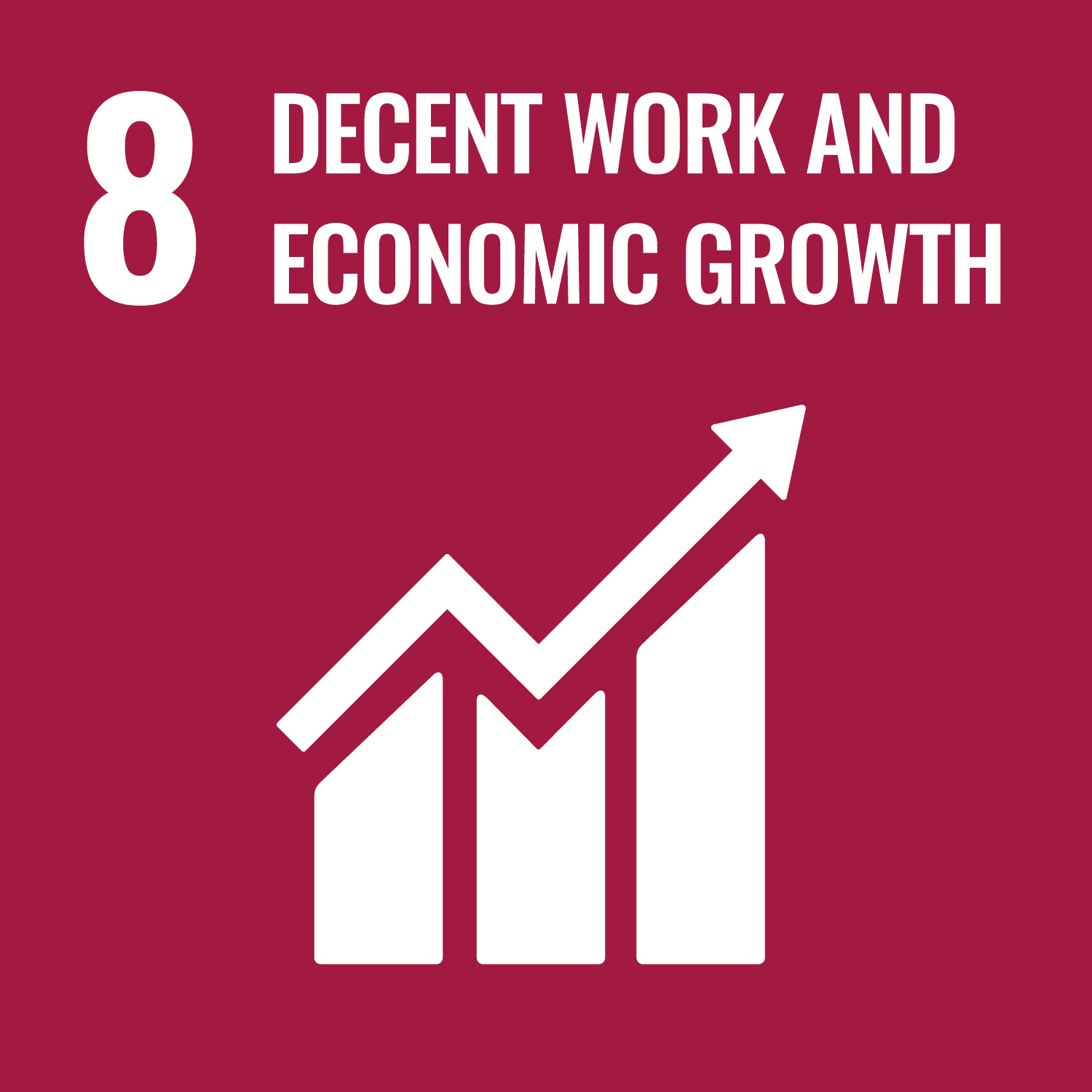
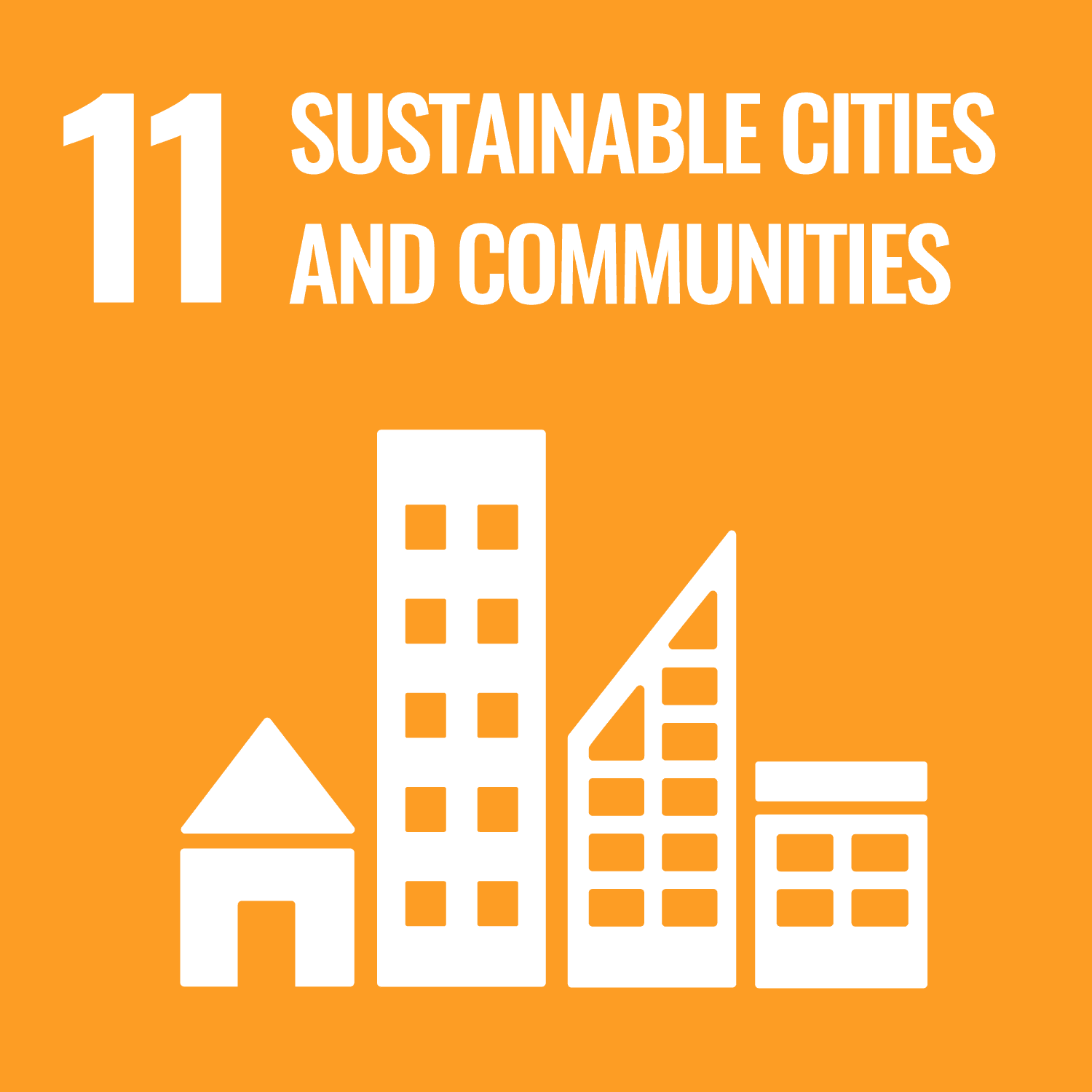
Rural investment can discourage unmanageable urbanization.
Migration from the countryside to the cities is inevitable when all the best opportunities are based in urban centers. We seek to make tourism an alternative economic source for rural communities.
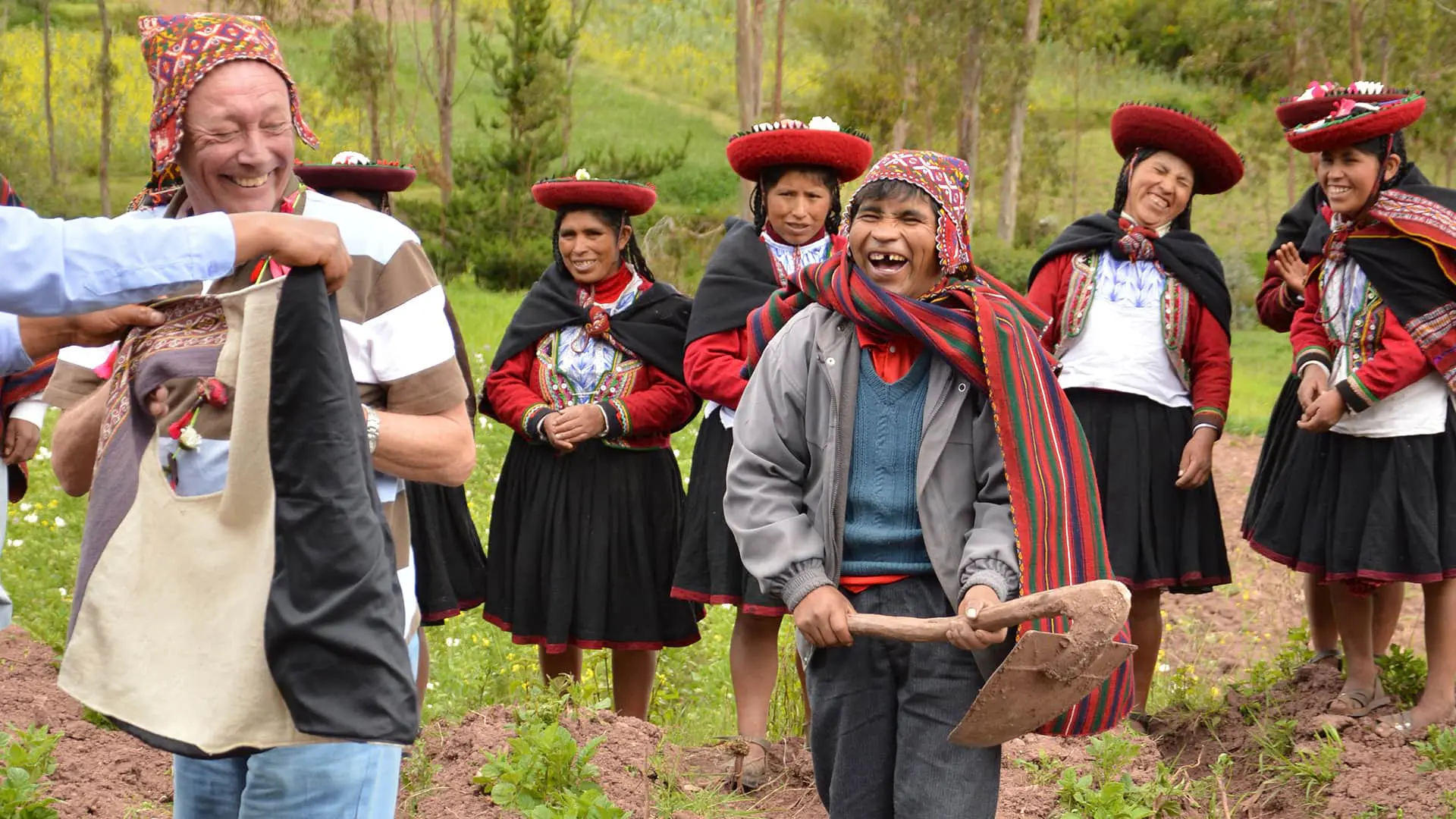

The new reality (accelerated by the arrival of the coronavirus) has brought producers closer to end consumers through the use of networks and mobile applications, but in our country, this relationship is still in its beginnings.
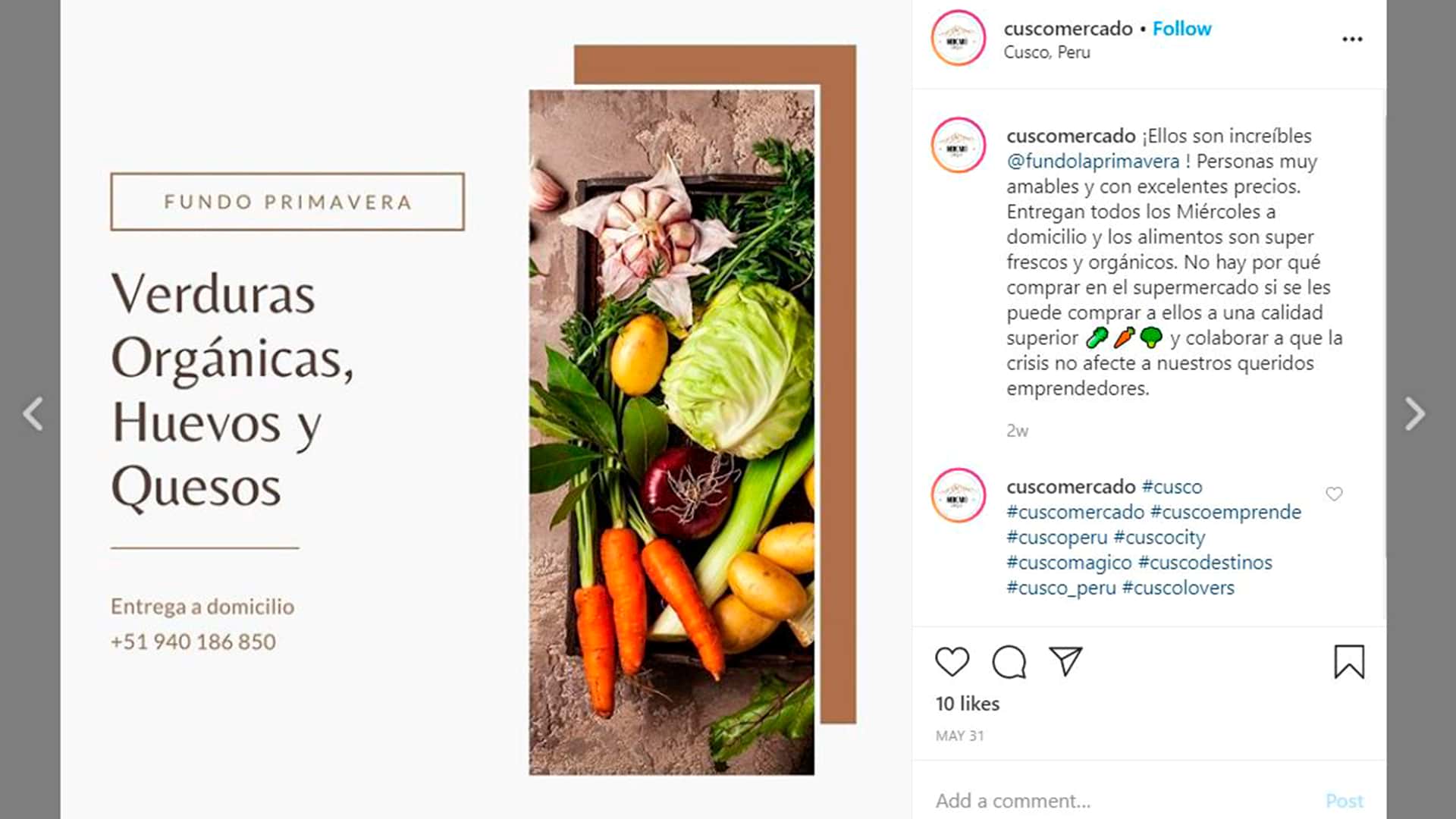
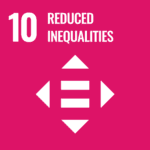
At present, the big producers, owners of large tracts of land, are the big winners. But we support neither monocultures nor monopolies. We will always continue to work with small businesses and families.
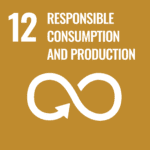
Worldwide, a third of produced food is wasted and Peru does not escape this reality. That is why we promote chefs and restaurants who are aware of this problem and endeavour to reduce unnecessary waste.

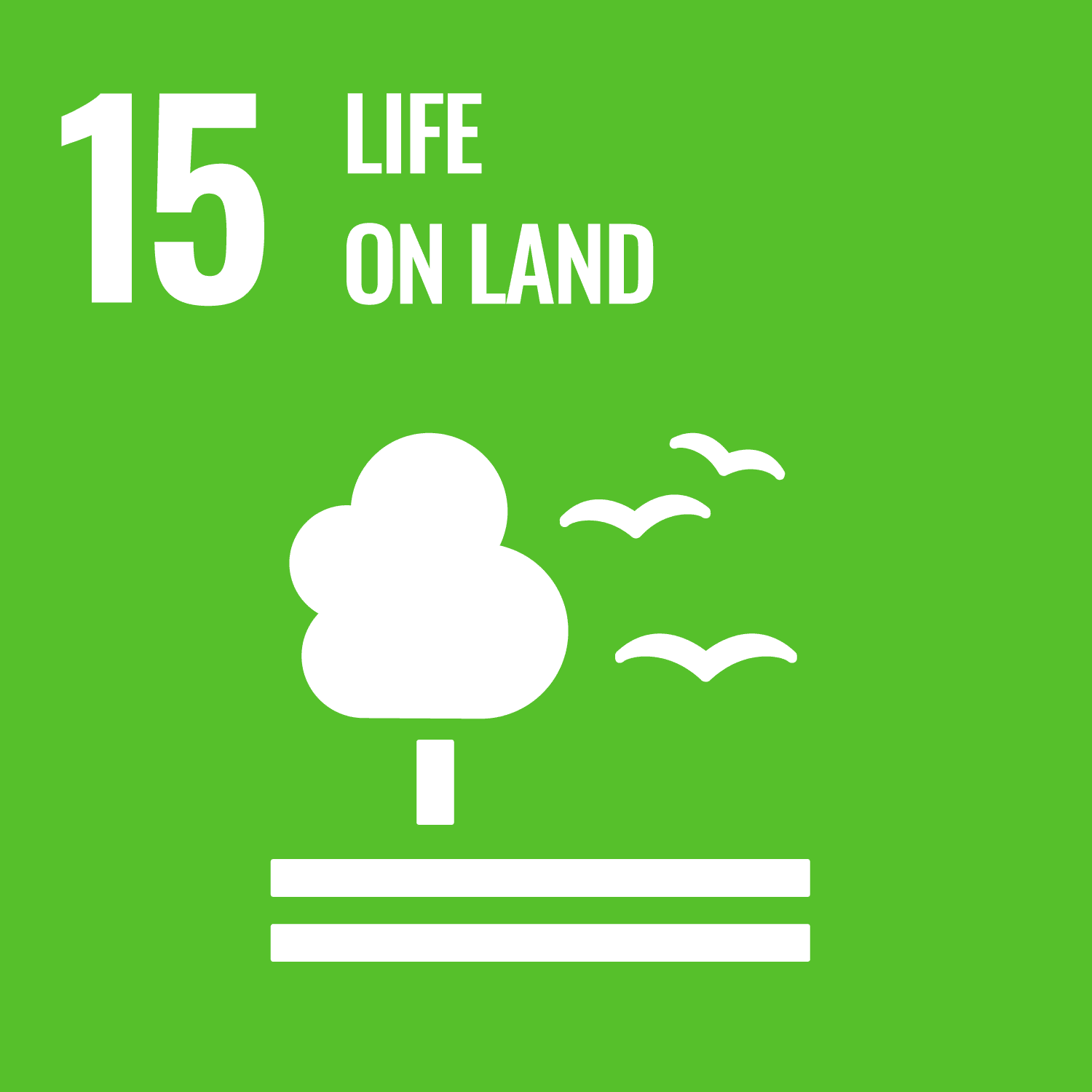
Forests contain more than 80% of the world’s terrestrial biodiversity.
We know that land use has the greatest impact on the global changes we are experiencing. So we support agroforestry, as promoted by our ally Victor Zambrano, National Geographic Explorer and creator of the K’erenda Homet Nature Reserve in Tampopata, a destination we always recommend our guests visit.
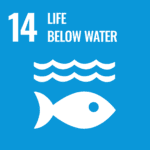
We love to stay informed on sustainable fishing. We stay up to date concerning the latest bans, recommended minimum fish sizes, and tasty alternatives to the most over-consumed species. Download a guide by clicking on the graphic below (only available in Spanish). We even offer a tour to learn more about the (artisinal) Fishing Culture of Lima.

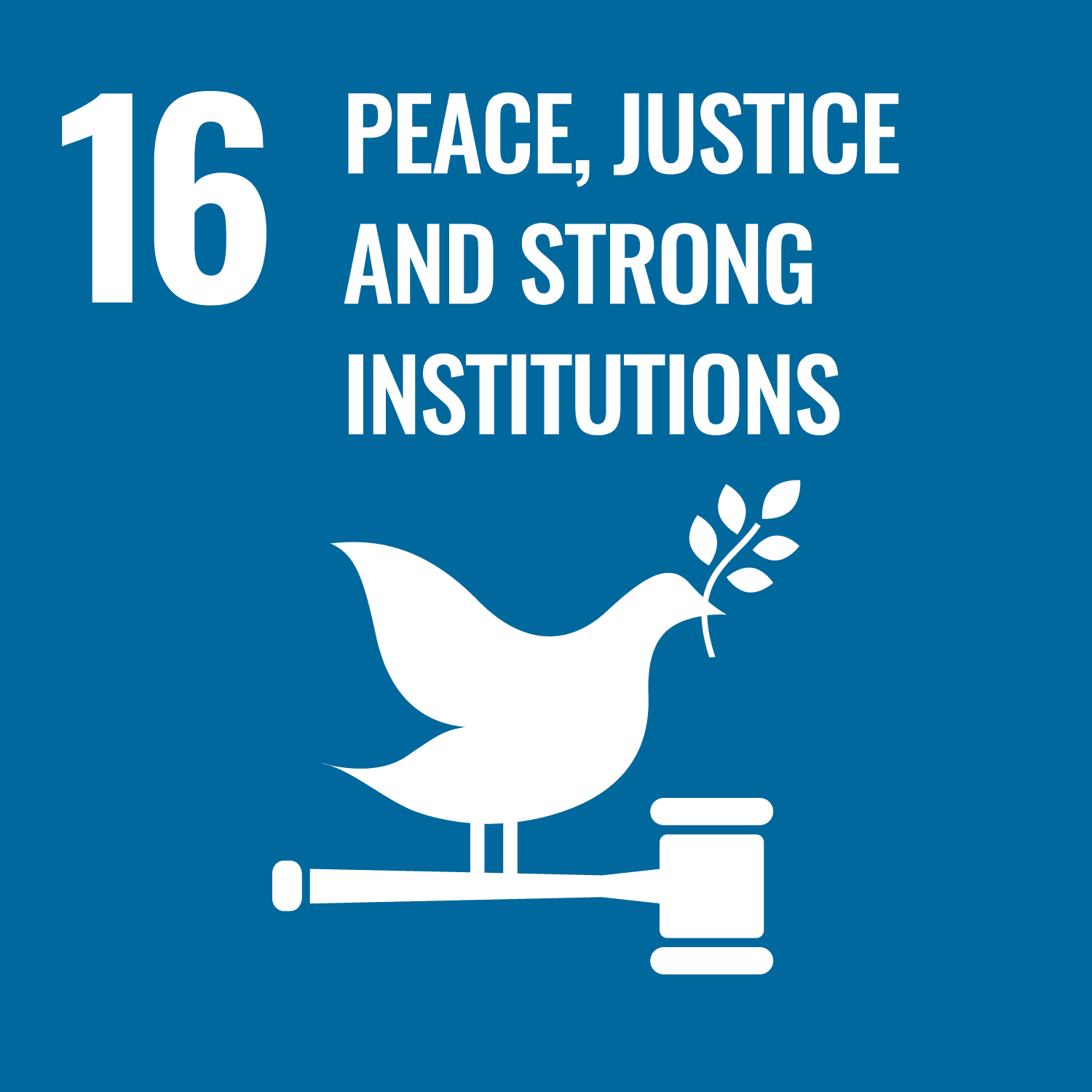

Partnerships can help make the voices of the hungry heard.
We believe that we can all make a difference with our choices of what we buy, what we consume and ultimately how we manage it. Giving as much support as possible from where you are or during a trip in Peru is key to achieving sustainability.
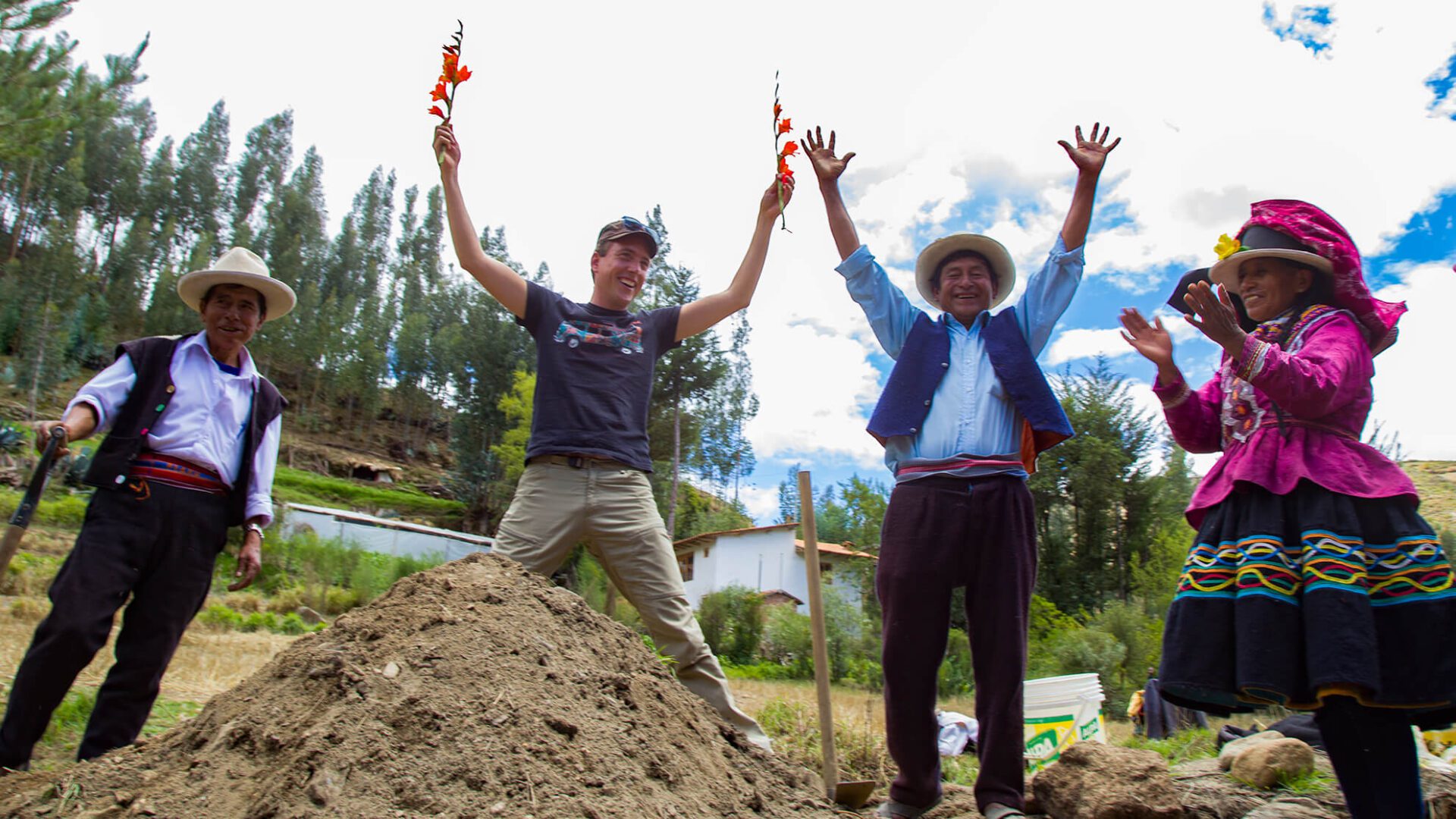
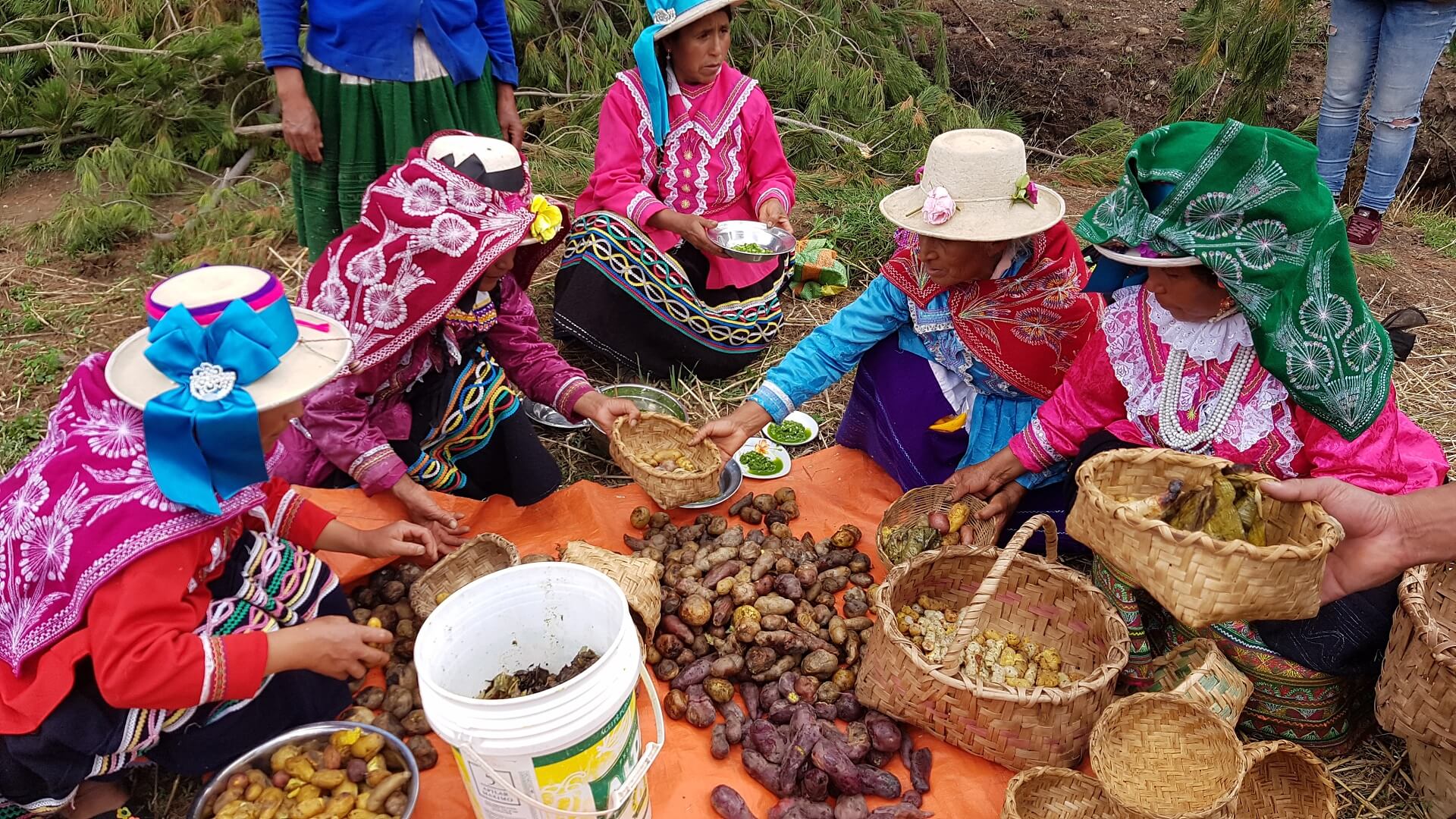
Finally, here are some tips for a more sustainable diet:
- Reduce consumption of animal products (or completely avoid it).
- Do not waste food.
- Buy local (i.e. if you come to Peru, avoid buying imported products or even those from distant regions of the country).
- Consume more natural, raw, or whole (and less processed) products.
- Preferably consume organic or eco-friendly products.
- Buy only seasonal products (for this matter consult your guide).
- Prefer fair trade products (we will suggest those on your route).
If you want to read more about vegan and vegetarian culture in Peru, try our blog on traveling as a vegetarian or vegan in Arequipa, Cusco, and Lima.
As always, if you have any questions or comments for us, please don’t hesitate to get in touch.

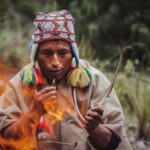
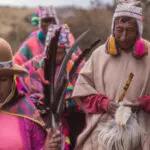

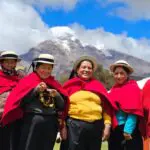
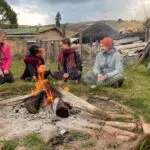
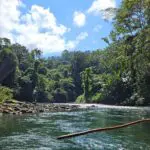



[…] options include a visit to a formerly forgotten neighborhood that was revived through street art, spend time with Lima’s artisinal fishermen, or discover an Amazonian indigenous community that, despite all the difficulties posed by settling […]